The Importance of Sketching In A Logo Design Process

Source: Breno Bitencourt, R Sketching / Concept, Dribbble, https://dribbble.com/shots/21722728-R-Sketching-Concepts
In the intricate journey of logo creation, sketching is not merely a preliminary step but a pivotal element that shapes the entire design process. This traditional technique, rooted deeply in the artistic fundamentals of design, serves as a critical bridge between conceptual ideas and their transformation into impactful visual identities. As we delve into the importance of sketching in a logo design process, it's essential to understand how this age-old practice continues to play a vital role in modern design workflows.
Sketching provides designers with the freedom to experiment and iterate rapidly, offering a low-fidelity method to explore diverse concepts and compositions before committing to digital execution. It encourages a hands-on engagement with the design, allowing ideas to flow more freely and organically than they might through a mouse click. This initial stage of drawing sketches is crucial for setting the project's direction and ensuring that the final logo resonates with the intended audience, making it an indispensable part of the logo design process.
Fosters Creativity and Exploration
Sketching is a fundamental part of the logo design process that significantly fosters creativity and exploration. This traditional technique allows designers to freely experiment with various ideas without the constraints imposed by digital tools. By using simple tools like pencil and paper, designers can quickly generate a wide range of concepts, exploring different forms, styles, and compositions in an unfiltered and spontaneous manner. This stage of the design process is crucial for unlocking creative potential and encourages designers to think outside the box. The act of sketching engages the designer's creative faculties more directly than digital methods, promoting a deeper connection with the design elements.
It's this hands-on approach that helps in visualizing multiple possibilities and in discovering unique and effective solutions that truly capture the essence of the brand. Ultimately, sketching as a practice not only enhances the visual outcome but also ensures that the logo design is both original and innovative, setting a solid foundation for further refinement in the digital landscape.
Enhances Concept Development
In the logo design process, sketching plays a critical role in enhancing concept development. Before digital tools come into play, sketching provides a direct, tactile method for translating thoughts into visual forms. This stage is vital for refining ideas and distilling complex concepts into simpler, more powerful images that effectively communicate the brand’s message. Through sketching, designers are able to experiment with different alignments, proportions, and relationships between elements, which are easier to manipulate by hand. This process helps in identifying the most compelling ideas that can be developed further. Moreover, it allows designers to address and integrate the fundamental principles of design—such as balance, contrast, and unity—early in the creation process.
By continuously iterating sketches, designers can evolve their initial ideas into more polished and sophisticated designs. Each iteration brings clarity, enhancing the visual strategy behind the logo and ensuring that it resonates well with the target audience. Sketching not only enriches the conceptual depth of the logo but also ensures that the final design is well-conceived, making it a pivotal step in creating logos that stand the test of time and reflect the brand’s identity effectively.
Facilitates Quick Iterations
One of the key benefits of sketching in the logo design process is its ability to facilitate quick iterations. This stage allows designers to rapidly prototype ideas, making it easier to explore different configurations and adjust elements without the time-consuming aspects of digital tools. Sketching encourages a trial-and-error approach, where designers can swiftly sketch out a concept, evaluate it, and then modify it based on instant feedback or a sudden burst of inspiration. This rapid iteration process is invaluable in evolving a logo's design to better meet aesthetic standards and client expectations.
It ensures that designers can efficiently work through variations, exploring every possible direction the logo might take. By quickly moving through these iterations, designers can discard less effective ideas and concentrate on those with the most potential, refining them into the final design. This quick iterative process not only speeds up the design timeline but also significantly enhances the creative output, ensuring that the final logo is both well-conceived and visually compelling.

Source: Gert van Duinen, Little Prowler, Dribbble, https://dribbble.com/shots/19889394-Little-Prowler
Provides a Tangible Reference
Sketching provides a tangible reference that guides the entire logo design process. Early sketches serve as a physical record of the conceptual journey, capturing fleeting ideas that might otherwise be lost in translation when moving directly to digital tools. These sketches act as a visual archive that designers can refer back to throughout the project, ensuring that the core ideas and initial inspirations are not diluted as the design evolves. Having a tangible reference is particularly beneficial during client presentations and discussions, where visual aids are essential for communicating ideas effectively. It allows both the designer and the client to see the evolution of the concept, making it easier to understand and discuss changes or enhancements.
Moreover, these sketches can also help in resolving disagreements or misunderstandings about the direction of the design, as they provide a clear and immediate representation of the designer’s thoughts and intentions. Thus, by anchoring the design process in tangible sketches, designers can maintain a consistent vision from concept to final execution, enhancing both the creative process and the client engagement experience.
Improves Communication with Clients
Sketching within the logo design process significantly improves communication with clients. This fundamental step allows designers to present visual concepts in a straightforward, easily understandable format, making it easier for clients to visualize the potential outcomes of their brand's logo. Sketches provide a clear platform for discussing ideas, preferences, and possible revisions without the complexity of digital designs that may seem too final or detailed for early stages of feedback. This visual and interactive approach helps clients feel more involved and invested in the design process, as they can see their feedback being incorporated in real time.
Furthermore, sketches can help bridge the gap between non-technical clients and professional designers, as they translate abstract concepts into concrete examples. This method ensures that both parties have a mutual understanding of the design goals and expectations, reducing miscommunication and ensuring a smoother design process. By using sketches as communication tools, designers can effectively align their creative vision with the client's business objectives, thereby enhancing the collaborative aspect of creating a logo that truly represents the brand.
Encourages Detailing and Precision
The practice of sketching in the logo design process encourages a high level of detailing and precision from the outset. By starting with hand-drawn sketches, designers are compelled to consider every aspect of the logo’s elements, from line thickness to letter spacing and shape geometry. This attention to detail is crucial in creating a logo that is not only visually appealing but also functional across various media. Sketching allows designers to manually adjust and refine these elements, providing a greater control over the nuances of the design.
This meticulous approach to detailing ensures that the logo will be scalable and effective in both large formats and smaller, more compact uses. Precision in the initial sketches sets a high standard for the subsequent digital refinement, leading to a cleaner, more polished final product. Ultimately, this focus on detail and precision during the sketching phase helps prevent costly corrections later in the design process, as it allows designers to address potential issues before they become embedded in the digital version of the logo.
Aids in Problem-Solving
Sketching is an integral part of the logo design process that aids significantly in problem-solving. During the early stages of logo creation, designers encounter various challenges, from achieving the right balance and proportion to ensuring the logo’s relevance and impact. Sketching provides a hands-on, flexible environment where these issues can be addressed head-on without the restrictions of digital software. This tactile approach allows designers to quickly experiment with solutions, altering shapes, lines, and layouts to see what works best. It is much simpler and quicker to revise a sketch than to alter a digital design, which makes it an excellent tool for troubleshooting and refining ideas.
Additionally, sketching helps to surface potential problems early on, such as scalability issues or color limitations, which might not be as evident in a digital format. By identifying and solving these problems during the sketching phase, designers can ensure a smoother transition to digital tools, reducing the likelihood of major revisions later. This proactive approach to problem-solving not only saves time but also enhances the quality of the final logo, ensuring it meets both aesthetic standards and functional requirements.

Source: Ilya Gorchanyuk, X Sketches, Dribbble, https://dribbble.com/shots/16517003-X-Sketches
Increases Efficiency
Incorporating sketching into the logo design process can significantly increase efficiency. This initial step allows designers to quickly map out multiple concepts without the detailed intricacies required by digital programs. By starting with sketches, designers can discard less viable options early and focus on refining those with the most promise. This rapid prototyping speeds up the decision-making process, as it’s easier and faster to explore variations in a sketch form than in a fully rendered digital file.
Sketching minimizes the risk of getting too far into the digital design phase before realizing that a concept doesn’t work as expected, which can be both time-consuming and costly to correct. This efficiency in the early stages of design helps to streamline the entire workflow, allowing more time to be spent on perfecting the final logo in the digital realm. Consequently, sketching not only accelerates the design process but also enhances the overall productivity, helping designers meet project timelines more effectively and deliver high-quality results faster.
Sparks Innovation
Sketching within the logo design process is a powerful tool that sparks innovation. This creative method enables designers to break free from the limitations of digital tools, encouraging an unrestricted exploration of ideas. Sketching by hand stimulates the brain differently than digital design, fostering unique connections and insights that might not emerge through mouse clicks. This hands-on approach allows designers to experiment with unconventional shapes, dynamic compositions, and creative typography that can lead to groundbreaking logo concepts. The immediacy of sketching also means that ideas can be quickly realized and evolved without the barriers of software interfaces, enhancing creative freedom.
Furthermore, the tactile nature of sketching can lead to accidental discoveries—serendipitous moments where a brush stroke or a line might inspire a completely new design direction. By keeping the process fluid and open-ended, sketching nurtures an innovative mindset that is essential for producing distinctive and memorable logos. This foundational stage is crucial for developing a strong concept that not only meets the brief but also pushes the boundaries of traditional logo design.
Supports Portfolio Documentation
Including sketches in a design portfolio is invaluable for documenting the depth of a designer’s creative process. Sketches provide a behind-the-scenes look at the evolution of logo concepts from their most nascent stages through to their final forms. This visual documentation helps potential clients and employers see the problem-solving skills and creative thinking the designer applies to their work. Each sketch acts as a chapter in the story of a design’s development, showcasing how initial ideas were refined and transformed into effective logo designs. This can greatly enhance a designer's credibility and professionalism by demonstrating their capability to navigate the complex process of logo creation.
Moreover, sketches add a personal touch to the portfolio, offering insight into the designer's unique style and approach. This not only makes the portfolio more engaging but also helps it stand out in a competitive market. By illustrating the journey from concept to completion, sketches reinforce a designer’s attention to detail and commitment to crafting tailored solutions for each client, making the portfolio a more compelling and comprehensive showcase of their capabilities.
Conclusion
Sketching is an indispensable part of the logo design process that enhances creativity, efficiency, and communication. This foundational practice not only accelerates the development of innovative ideas but also ensures that they are effectively communicated and refined. By allowing designers to explore multiple concepts quickly and iterate on them with ease, sketching lays the groundwork for more polished and successful logo designs. Ultimately, the role of sketching extends beyond mere drafting—it is a critical tool that empowers designers to deliver logos that are not only visually compelling but also deeply aligned with the brand’s identity and values.
Let Us Know What You Think!
Every information you read here are written and curated by Kreafolk's team, carefully pieced together with our creative community in mind. Did you enjoy our contents? Leave a comment below and share your thoughts. Cheers to more creative articles and inspirations!

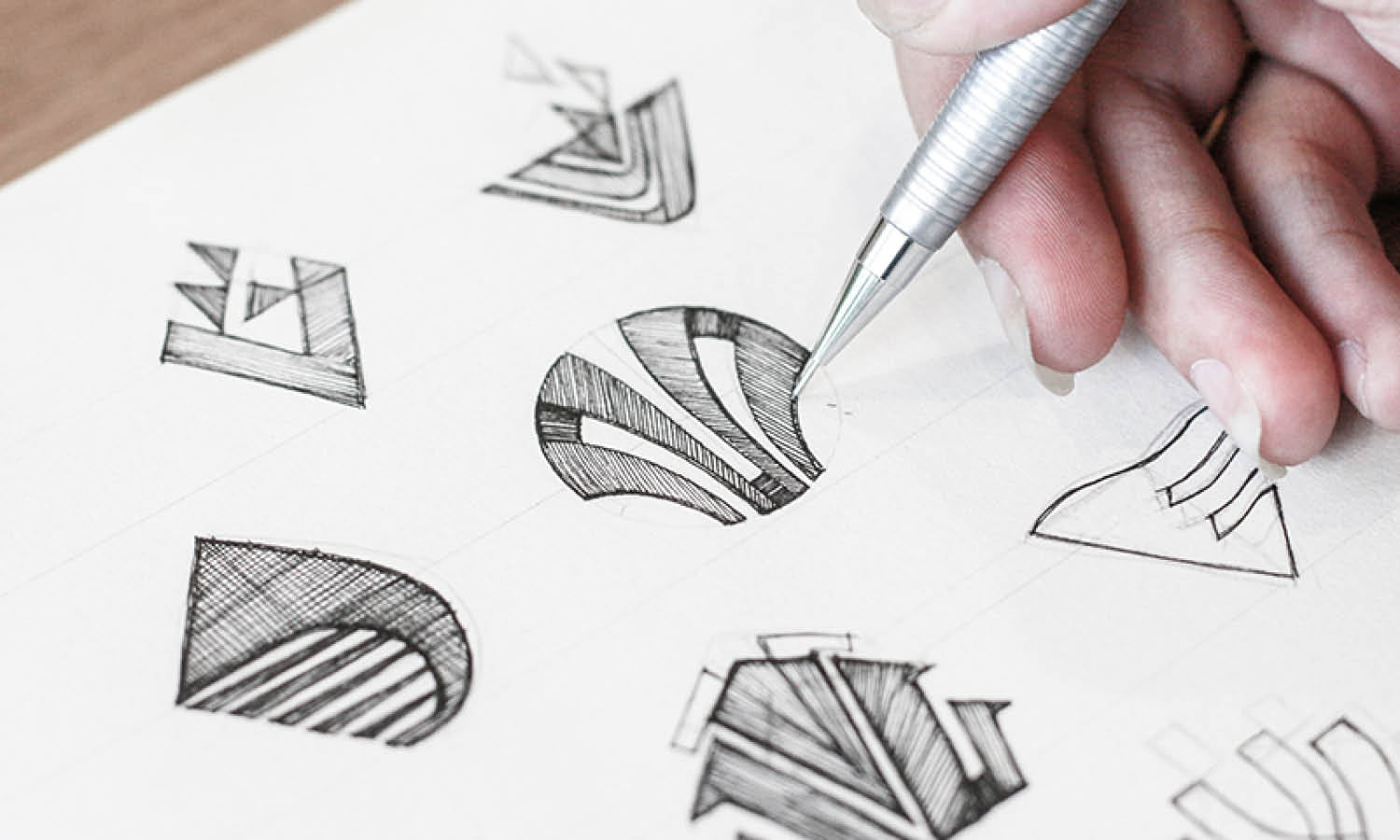
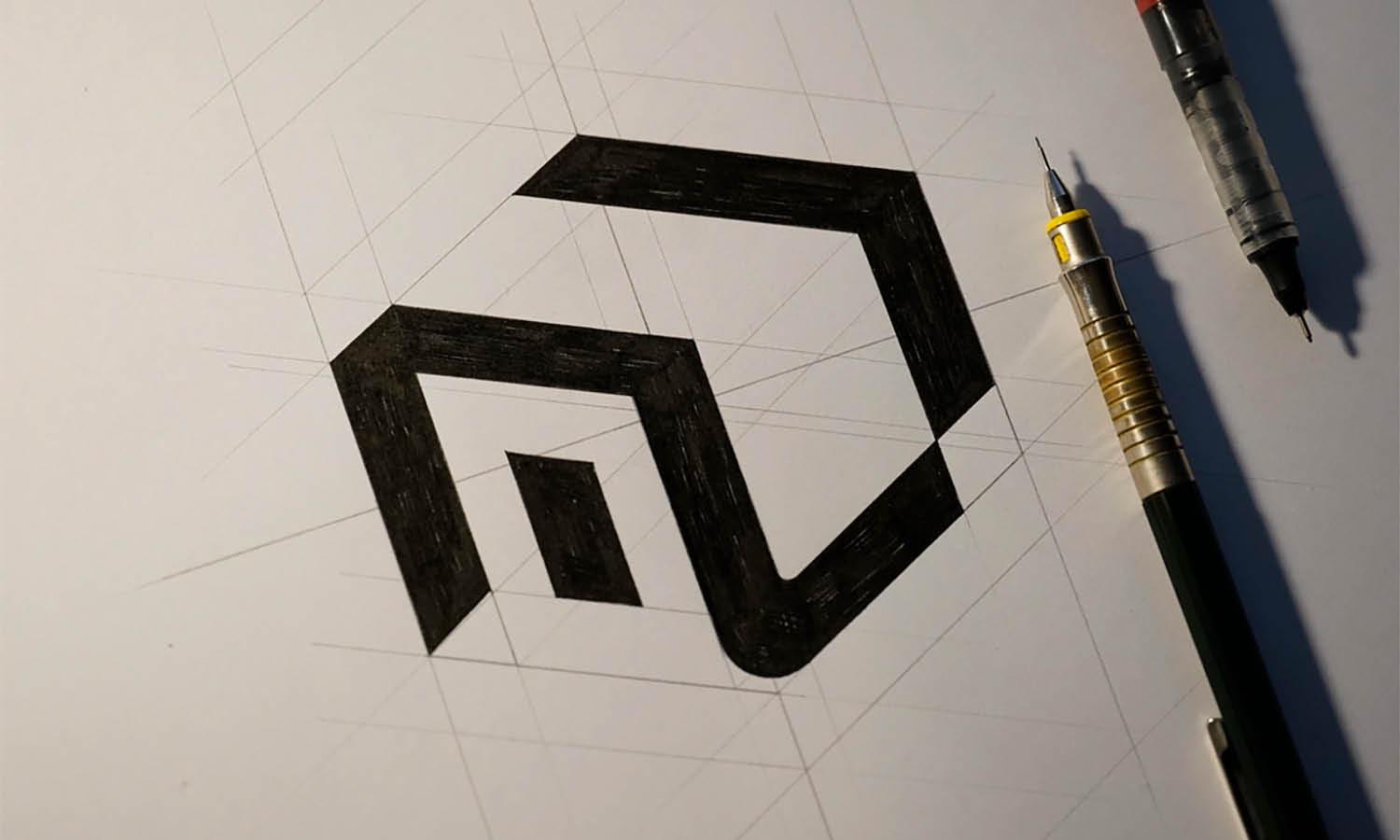
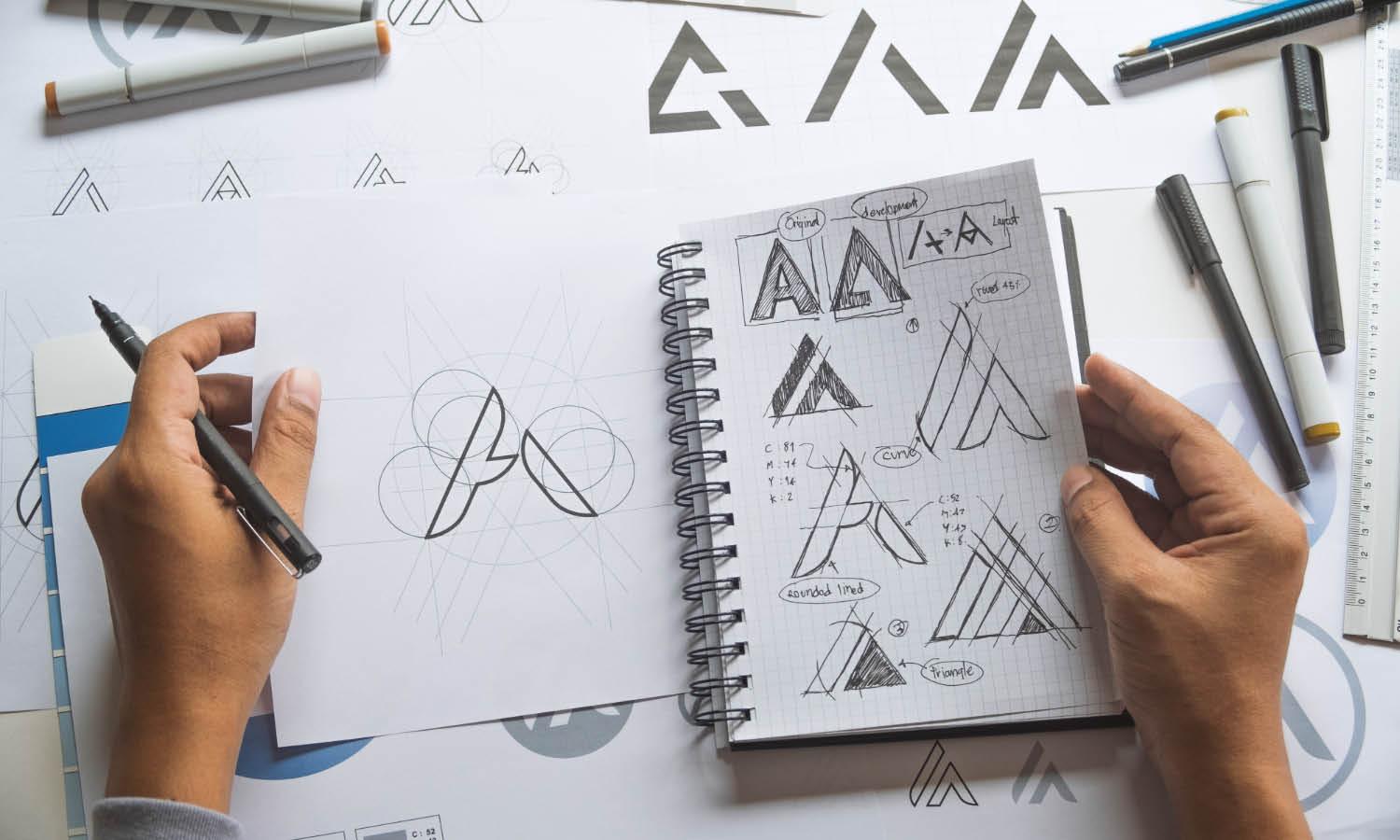



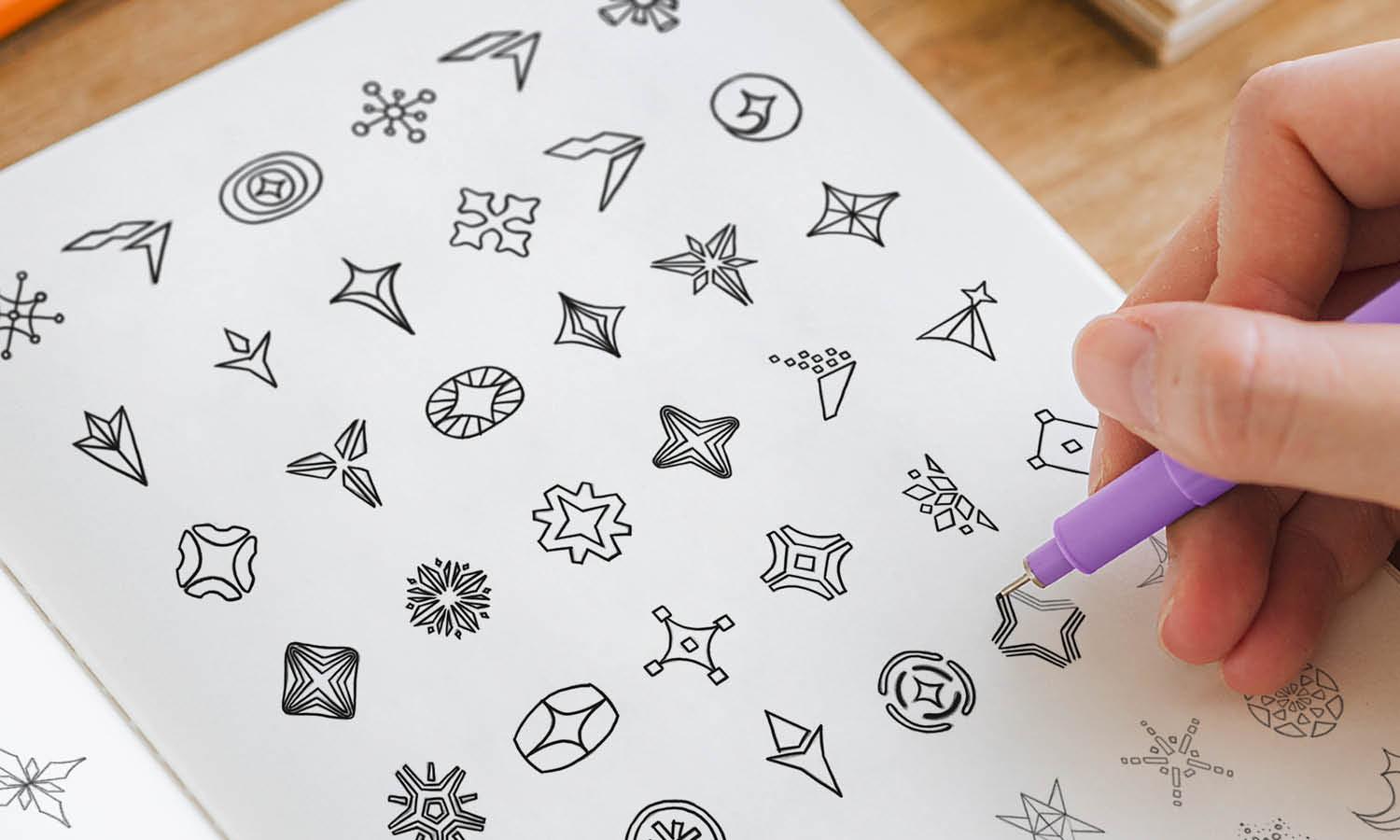
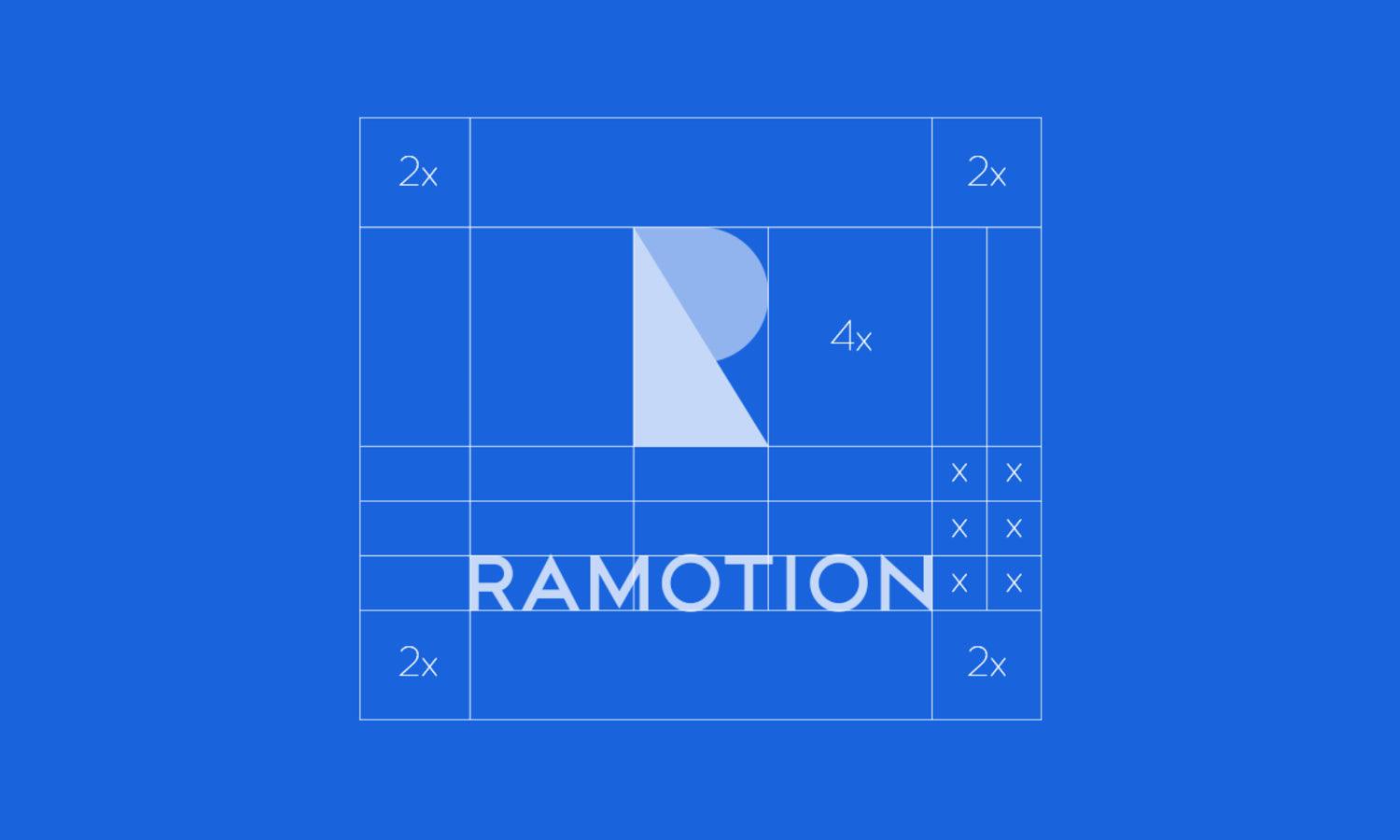







Leave a Comment